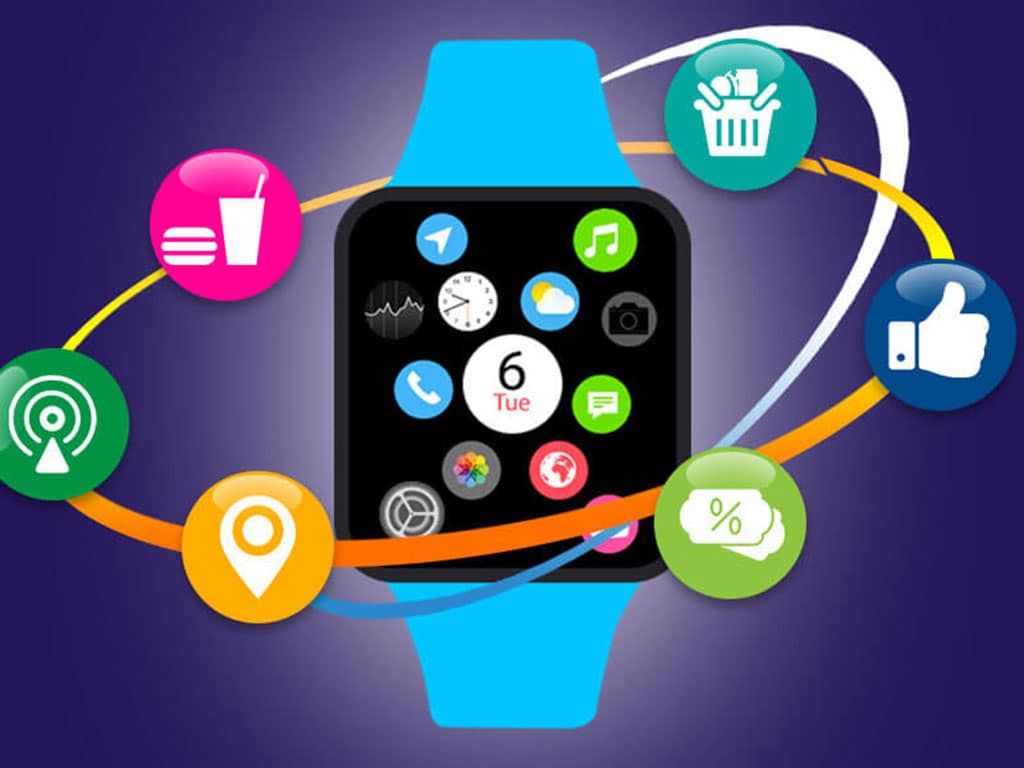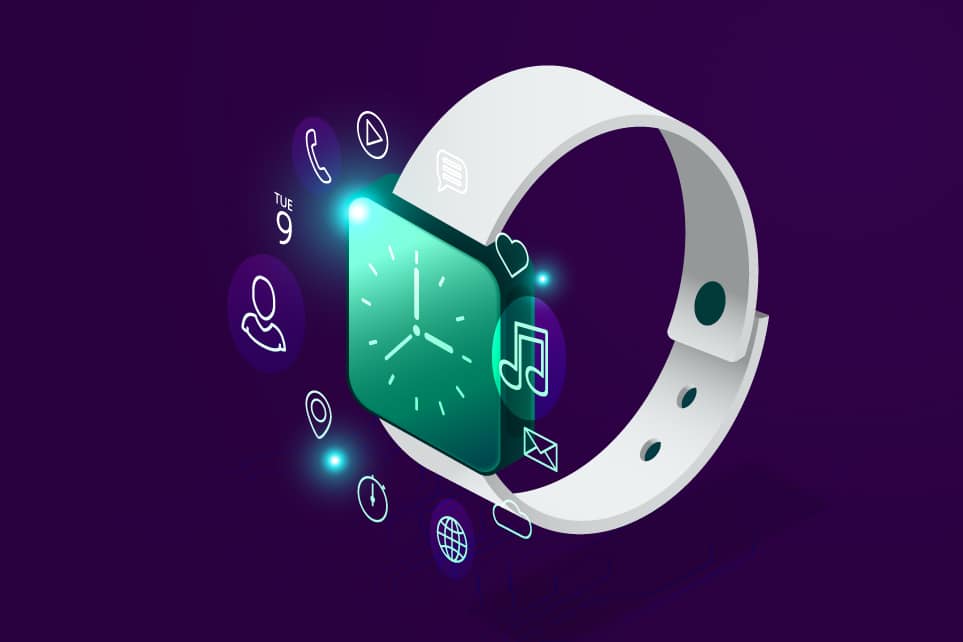Introduction to Wearable Technology
In the constantly evolving landscape of technology, wearable devices represent a significant leap towards a connected and health-conscious society. The future of wearable technology is not just about smartwatches or fitness bands; it’s about a deeper integration into our daily lives through innovative applications. This article explores the development landscape of these applications, highlighting both the opportunities and challenges that developers face in a connected world.
Exploring the Future of Wearable Technology
Trends Shaping the Wearable Market
The trajectory of wearable technology is influenced by a convergence of technological advancements and changing consumer behaviors. Increasingly, users demand devices that not only track health metrics but also seamlessly integrate with other aspects of their digital world. This demand drives developers to create solutions that are not only functional but also highly personalized and secure.
The Impact of New Technologies on Wearable Devices
Emerging technologies such as artificial intelligence (AI) and the Internet of Things (IoT) are set to redefine the capabilities of wearable devices. AI algorithms are being leveraged to provide more accurate health insights and predictive analytics, while IoT integration allows wearables to interact with other connected devices, enhancing the user’s environment for convenience and efficiency.
Key Opportunities in Wearable App Development Services
Capitalizing on the Demand for Health and Fitness Apps
One of the most significant sectors for wearable app development services is health and fitness. Developers have the opportunity to create apps that provide users with detailed insights into their health metrics, encouraging a healthier lifestyle. This segment is not only popular but also highly beneficial in terms of long-term user engagement.
Expanding Wearable Technology in Enterprise Solutions
Beyond personal use, wearables are becoming a valuable tool for enterprise applications. From improving workforce productivity through better health monitoring to enhancing workplace safety with environmental sensors, the applications are vast and varied.

Challenges in Developing Apps for Wearable Devices
Addressing Device Compatibility and Interoperability Issues
One of the major challenges in developing applications for wearables is ensuring that they work seamlessly across a range of devices with different operating systems and hardware capabilities. Developers must focus on creating flexible and adaptable app architectures that can operate within these varied ecosystems.
Overcoming Limitations in Processing Power and Battery Life
Wearable devices often do not possess the processing power of smartphones or tablets, which can limit the complexity of the applications they run. Additionally, preserving battery life while maintaining performance is a critical challenge that developers need to address.
Opportunities vs. Challenges in Wearable App Development Services
| Opportunities | Challenges |
|---|---|
| Health and Fitness Applications | Device Compatibility and Interoperability |
| Enterprise Solutions for Productivity | Limited Processing Power |
| Personalized User Experiences | Battery Life Optimization |
| Integration with Other IoT Devices | Security and Privacy Concerns |
| Advanced Biometric Sensors | User Interface Design for Small Screens |
The Role of Wearables in Healthcare
Monitoring Patient Health Remotely
Wearable devices in healthcare are revolutionizing the way patient care is delivered. Wearables enable continuous monitoring of vital signs like heart rate and blood pressure outside the traditional hospital setting, providing doctors with real-time data that can be critical for disease management and prevention.
Utilizing Wearables for Chronic Condition Management
For patients with chronic conditions, wearables offer a continuous feedback loop and can alert healthcare providers if a patient’s condition deteriorates, allowing for prompt intervention before a full-scale emergency develops.
Innovations in Elderly Care Through Wearable Technology
In elderly care, wearables help monitor movements and can detect falls, instantly notifying caregivers. This not only ensures immediate assistance but also helps in maintaining the independence of the elderly population.
Wearable Devices in Healthcare: Use Cases
| Application | Benefits | Target Users |
|---|---|---|
| Continuous Health Monitoring | Real-time health data, early disease detection | Individuals with chronic conditions |
| Fitness Tracking | Motivates physical activity, tracks progress | General public, fitness enthusiasts |
| Remote Elderly Care Monitoring | Detects falls, monitors daily activity | Elderly, caregivers |
| Emergency Alert Systems | Provides immediate alerts in critical situations | Patients with severe health issues |
Technical Innovations Driving Wearable Technology
Innovations in microprocessor technology, sensor development, and energy-efficient networking are propelling the capabilities of wearable devices forward. These technical advancements enable developers to pack more features into smaller devices, creating wearables that are not only more powerful but also more appealing to the consumer.
Best Practices in Wearable App Development
Ensuring Scalability and Flexibility in App Design
Developing wearable apps requires a focus on scalability to accommodate the growing number of users and data volume. Flexibility in design is also crucial to adapt to the rapidly changing technology landscape.
Emphasizing User Engagement and Retention Strategies
To ensure the long-term success of wearable apps, developers need to implement strategies that enhance user engagement. This can include gamification elements, personalized alerts, and interactive features that keep the user coming back.
Privacy and Security Concerns with Wearable Devices
With great connectivity comes great responsibility, especially in terms of privacy and security. Wearable devices, by their nature, collect a vast amount of personal data continuously. This raises significant concerns about how this data is protected and used. Developers must prioritize incorporating robust security measures into their apps, such as data encryption, secure user authentication, and transparent privacy policies to safeguard user information.
Ensuring Data Privacy in a Connected World
The intimate data collected by wearables, from heart rates to location tracking, necessitates stringent data privacy measures. Developers are tasked with not only protecting this data from unauthorized access but also ensuring that users have control over their own information. Implementing features that allow users to easily understand and manage their data permissions is crucial.
Overcoming Security Challenges in Wearable Tech
Security challenges in wearable tech revolve around the threat of data breaches and hacking. As developers create apps that may store sensitive health information, they must ensure these apps comply with relevant regulations such as HIPAA in the U.S., which sets the standard for protecting sensitive patient data. Moreover, the development process must involve regular security audits and updates to address vulnerabilities.

User Interface Design for Wearables
Designing for wearables involves a unique set of principles and challenges. The interface must be minimal yet effective, delivering necessary information in a glanceable format without overwhelming the user. This requires a balance of good design principles and technical feasibility.
Crafting Intuitive Interactions on Small Screens
The limited real estate on wearable devices pushes designers to innovate in the way information is presented and interacted with. Menus must be simplified, and gestures such as swipes and taps should be intuitive. Additionally, voice interfaces are becoming increasingly important in wearable tech, offering an alternative method of interaction that can enhance user experience.
Enhancing Accessibility in Wearable Design
Accessibility must be a core consideration to ensure wearable devices are usable by everyone, including those with disabilities. This includes offering voice feedback, ensuring text is readable, and making interfaces navigable through simple gestures.
Predictions for Wearable Technology Trends
Looking ahead, the trajectory for wearable technology is filled with potential advancements that could further integrate these devices into our lives. Below are some forward-looking trends that are likely to shape the future of wearable tech.
Rise of Augmented Reality (AR) in Wearables
Augmented reality has the potential to transform how we interact with the world through wearables. AR can overlay information onto the real world in real-time, providing a seamless and immersive experience. From navigation aids that display directions in your line of sight to professional tools that can provide real-time data overlay on machinery or patients, the possibilities are boundless.
Expansion into New Industries
While currently popular in fitness and healthcare, wearable technology is set to expand into various other industries such as education, where AR can enhance learning experiences, or retail, where wearables can offer personalized shopping experiences. Each industry presents its own set of opportunities and challenges, pushing developers to think creatively about application designs.
Integrating Wearables with Other IoT Devices
The future of wearable devices lies not only in their standalone capabilities but also in their ability to function as part of a larger ecosystem of connected devices. This integration is key to unlocking the full potential of IoT.
Creating a Cohesive Ecosystem
Developers need to focus on creating applications that can seamlessly communicate with other smart devices. For example, a fitness tracker that can connect with smart home devices to adjust room temperature based on body temperature or a wearable device that can control smart lights and thermostats based on user location within the home.
Security Implications of Device Interconnectivity
As devices become more interconnected, the potential security risks increase. Each connected device potentially offers a gateway to others in the same network. Developers must ensure that strong security protocols are in place across all connected devices to prevent breaches.
Comprehensive Software Development Solutions
Unlock the potential of digital transformation with our bespoke software development services, engineered to foster innovation, maximize efficiency, and catalyze business growth.
Conclusion
Developing apps for wearable devices offers a wealth of opportunities to influence how we interact with technology on a daily basis. However, the challenges in this space are significant and require developers to be innovative, thoughtful, and user-centric in their approach. As the future of wearable technology continues to unfold, the potential for transformative applications that truly connect and enhance our world is immense.
What are the key opportunities for developers in wearable app development?
Developers can find significant opportunities in health and fitness applications, enterprise solutions, and personalized user experiences. The demand for apps that monitor health metrics, enhance workplace productivity, and integrate seamlessly with other IoT devices provides a fertile ground for innovation and growth in wearable app development.
What are the main challenges faced when developing apps for wearable devices?
Developers encounter several challenges, including device compatibility, limited processing power, battery life constraints, and the need for highly optimized user interfaces. Ensuring apps function across diverse hardware, maintaining performance without draining the battery, and delivering a user-friendly experience on small screens are critical hurdles in wearable app development.



